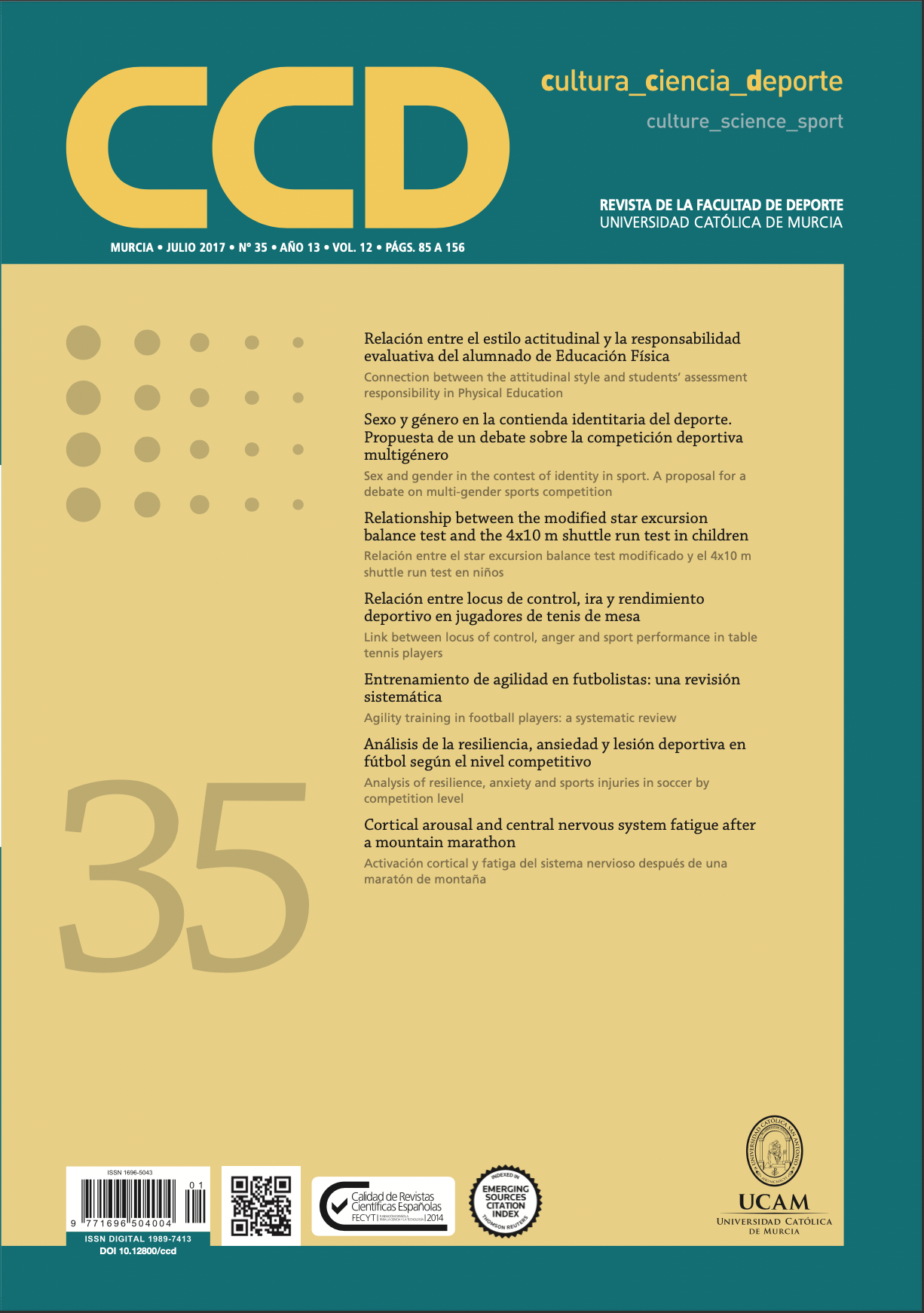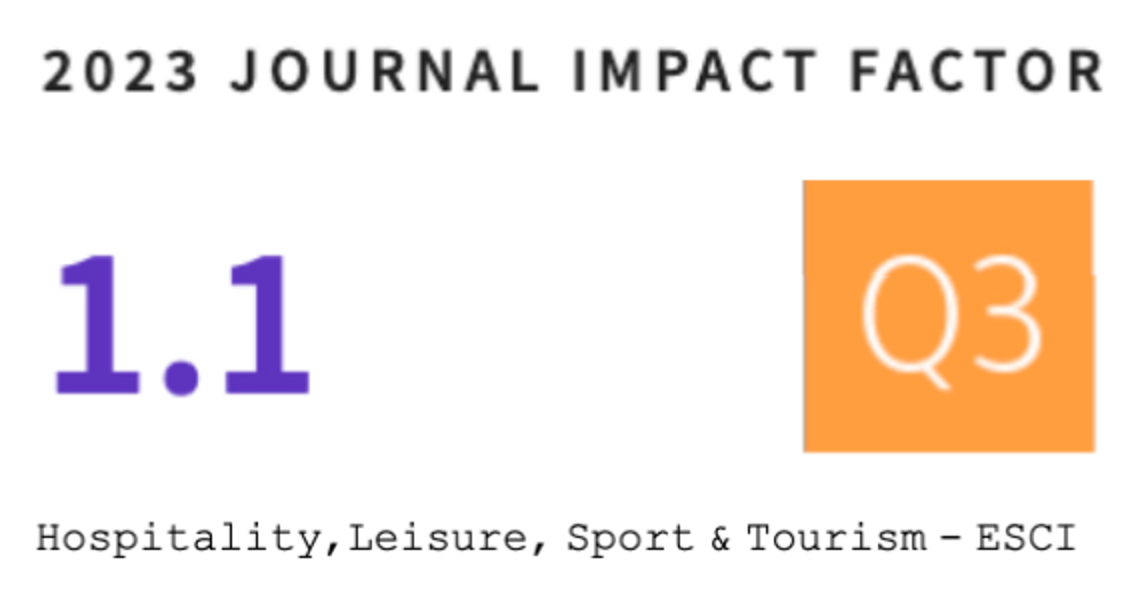Entrenamiento de agilidad en futbolistas: una revisión sistemática. (Agility training in football players: a systematic review).
DOI:
https://doi.org/10.12800/ccd.v12i35.884Abstract
El objetivo de la presente revisión sistemática fue revisar el estado actual de la investigación sobre entrenamiento de agilidad y ver cómo se puede mejorar la agilidad en futbolistas. Para ello se realizó una búsqueda en la base de datos Medline/Pubmed para encontrar todos los estudios publicados hasta el 1 de diciembre de 2014 bajo las siguientes palabras clave: “agility training soccer”. Se encontraron 20 publicaciones que cubrían los criterios de inclusión. Según los artículos, la agilidad de los futbolistas se puede mejorar tanto en pretemporada como en temporada o una vez acabada la temporada. La mejora de la agilidad se puede conseguir con entrenamiento de pesas, con entrenamiento pliométrico, con entrenamiento combinado de fuerza y resistencia, con entrenamiento de contraste (isométrico + pliometría), mediante juegos con balón en espacios reducidos, a través de entrenamientos de esprines con cambios de dirección, mediante el método de entrenamiento: velocidad, agilidad y rapidez, con programas de entrenamiento neuromuscular, y a través de programas de calentamiento. Se han observado mejoras tanto en futbolistas amateur como en profesionales, y oscilan desde un 0.8% de mejora hasta un 22.8%.
Palabras clave: Fútbol, condición física, fuerza, resistencia, pliometría.
===
Abstract
The purpose of the review was to look in the scientific literature how to improve the agility in footballers. The Medline/Pubmed database was used to find out all articles published until December 1 of 2014 using the following key words: “agility training soccer”. A total of 20 studies were found according to the inclusion criteria. The agility in footballers can be improved in preseason, during the season, and out of the season. The improvement in agility can be obtained through weight lifting, plyometric training, combined training of strength and endurance, contrast training (isometric + plyometric), with small-sided games, change of direction sprint training, with the speed, agility and quickness training method, with neuromuscular programs, and also with warm-up training program. The improvements were observed in both amateur and professional football players, ranging from 0.8% to 22.8% of improvement.
Key words: Football, physical fitness, strength, endurance, plyometric.
Downloads
Published
How to Cite
Issue
Section
License
The authors who publish in this journal agree with the following terms:
- The authors retain the copyright and guarantee the journal the right to be the first publication of the work as well as licensed under a Creative Commons Attribution License that allows others to share the work with recognition of the authorship of the work and the initial publication in this journal.














